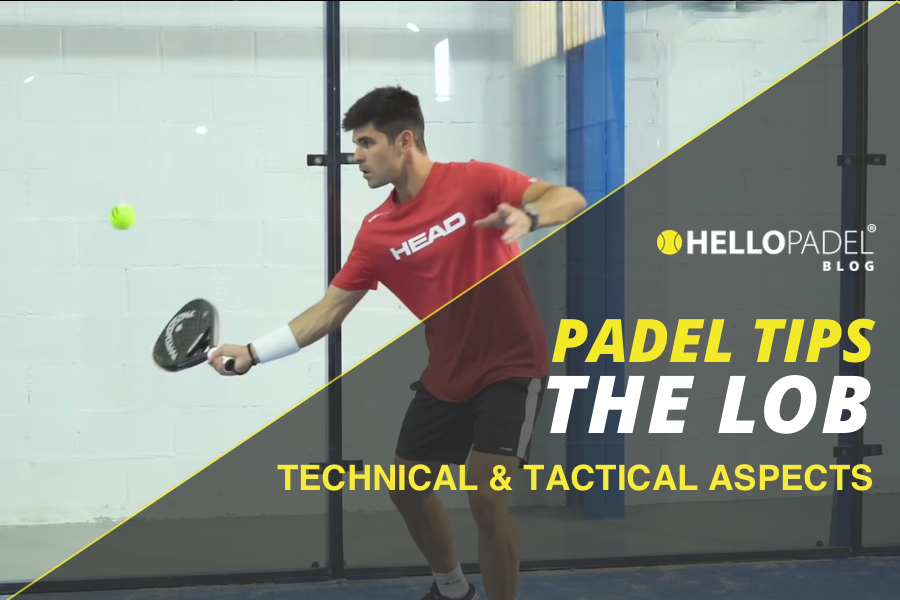Despite what many believe, the lob is one of the most important strokes in padel and, many times, one of the least valued. Many who come from a tennis background have not used this shot often. So, the lob should be learnt from the moment we start playing padel, after learning to hit the basic, forehand and backhand it should be our next objective, and although at first glance it may seem a very simple stroke, it has a certain complexity.
This shot consists of hitting the ball upwards and forwards, forming an ”arc”, with the intention of passing the opponents from above.
The ideal lob should bounce behind the service line and generate the least rebound off the glass as possible.
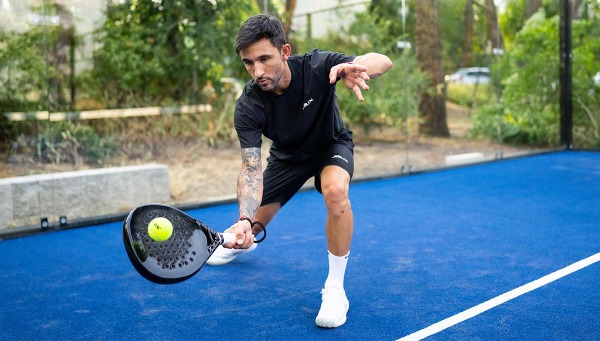

THE DIFFERENT TYPES OF LOBS
Normal lob:
This would be the standard lob. It would have an average height.
Fast lob:
This is a lob that passes over the player at a medium-low height and with a touch of speed.
It is usually used in windy conditions to prevent the ball from getting blown out or on indoor courts, as the ceiling is usually not very high. It can also be used to speed up the pace of the point.
When the opponent’s ball comes to us fast and/or difficult, this is easier to execute than the ”spiked” lob.
Its preparation is very similar to that of the forehand, so it would be a good option to deceive opponents or, at least, to hide it until the last minute.
Its use therefore has two disadvantages:
– If we go too fast, the ball could bounce a lot at the back and give a certain advantage to the opponents.
– Being a “fast” lob, you have less time to get to the net afterwards.
Spiked lob:
This is a very high lob where the maximum height is sought, and the ball falls as vertically as possible.
This type of lob can be used to:
– force a slow game.
– regain position and recover physically
– pass the pressure to the opponent, as on important points, these types of lobs are not easy to return.
We must be careful because if we do not execute it well, and it goes too low or too short, being a slow lob, the opponent will have time to position himself well and attack.
General rule
Although this is not always true, as it will depend on varying factors, at beginner and intermediate level, the higher the lob, the better it will be, as we will get less bounce from the ball off the back wall, and it will be more difficult for your rival to execute the shot due to the vertical fall of the ball.
TECHNICAL EXECUTION ON THE LOB
1. Legs very well bent, medium to short preparation, low and open racket, arm slightly bent.
2. Point of impact in front and always below the ball. Ideal impact height between waist and knees.
3. Flat, no spin. This way, we will have much more control of the ball.
4. Continental grip in most situations. Backhand grip at an advanced level and when the ball is very low and behind the body.
5. Do not use your wrist. Using the wrist makes us have less control over the ball.
6. Long finish. After impact, we must continue to follow through with the arm (the racket should be facing up and forward), otherwise the lob will almost certainly come up short.
7. Leg work. It is also important to “swing” the legs, from the bottom upwards. This will help us to get more height, depth , and control.
8. Position of the body. Always sideways, slightly more or slightly less open depending on whether we hit the lob down the line or cross-court.
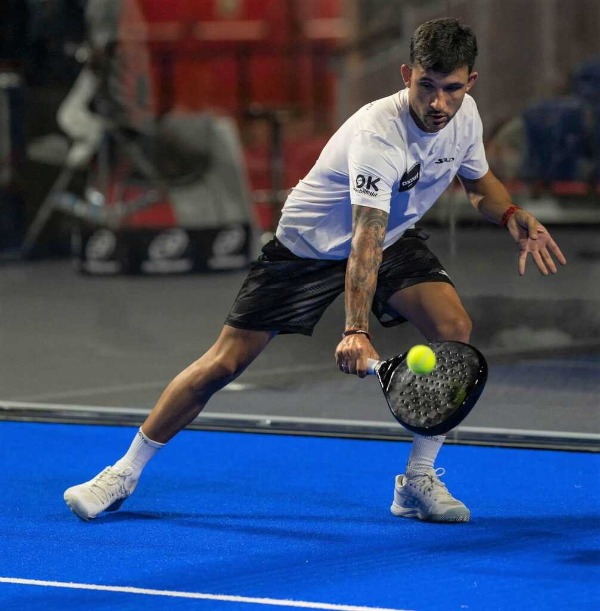

GOALS OF THE LOB
Although the lob shot exists in both tennis and padel, its use in the game is very different. While in tennis it is a last resort or surprise shot, in padel the lob is a widely used shot that can be used to:
– gain the position at the net and initiative of the point
– slow down the pace of the point.
– tire the opponents by making them run backwards each time
– take the pressure off when being attacking.
– make it difficult for the opponent to return the ball (either because of the altitude, because the sun is facing us, because it is windy…)
– mentally wear down the opponents and force them to make mistakes
– to gain time to be able to recover the position.
CONCLUSION
In general, the lob should be used frequently. The correct execution of the lob should allow you to approach the net and take control of the point.
MORE ON THE LOB: VIDEO COACHING FROM THE PROS – PAULA JOSEMARÍA SHOWS US HOW IT’S DONE! WATCH
HAVE A SHOT THAT NEEDS IMPROVEMENT? LEARN FROM THE PROS : HERE
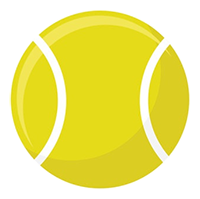 Upgrade now
Upgrade now
